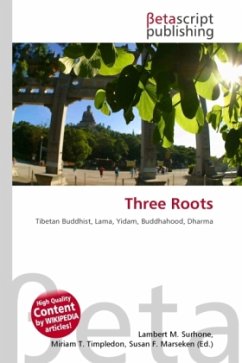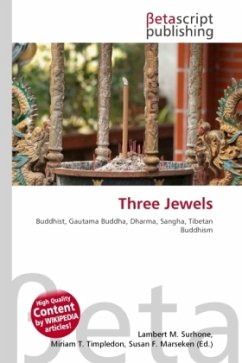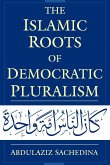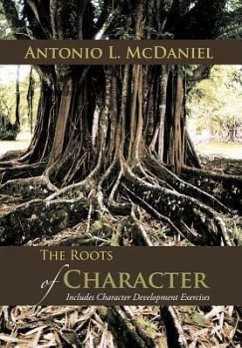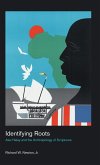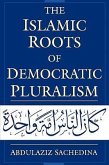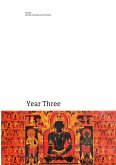High Quality Content by WIKIPEDIA articles! The Three Roots (Tibetan: tsa sum) of the Tibetan Buddhist tradition are the lama (Sanskrit: guru), yidam (Sanskrit: ishtadevata) and protector, which may be a khandroma (Sanskrit: dakini) or chokyong (Sanskrit: dharmapala). The Three Roots are the second of three Tibetan Buddhist refuge formulations, the Outer, Inner and Secret forms of the Three Jewels. The 'Outer' form is the 'Triple Gem', (Sanskrit:triratna), the 'Inner' is the Three Roots and the 'Secret' form is the 'Three Bodies' or trikaya of a Buddha. These alternative refuge formulations are employed by those undertaking Deity Yoga and other tantric practices within the Tibetan Buddhist Vajrayana tradition as a means of recognizing the universality of Buddha Nature. The Three Roots are commonly mentioned in the Nyingma and Kagyu literature of Tibetan Buddhism. Unlike most aspects of Tibetan Buddhism, which originated in India, the Three Roots may be an original Tibetan formulation from the time of Padmasambhava.
Bitte wählen Sie Ihr Anliegen aus.
Rechnungen
Retourenschein anfordern
Bestellstatus
Storno

